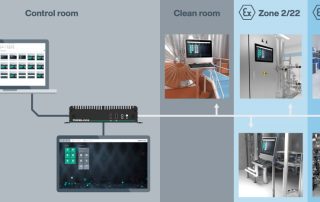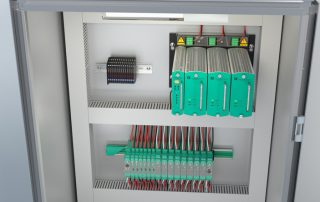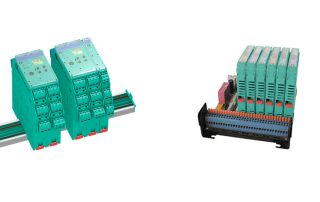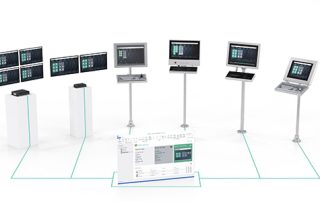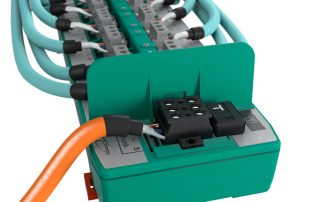Explosion Protection
Learn more about the products and technologies for the electrical explosion protection of your plant on the Pepperl+Fuchs blog. As an innovator in the field of process and plant automation, Pepperl+Fuchs not only enables secure signal transmission from the field to the process control level, but also the fast transmission of large amounts of data from hazardous areas to the cloud via Ethernet-APL. In this section, we go into detail about the use and advantages of explosion protection components for the automation of your processes.
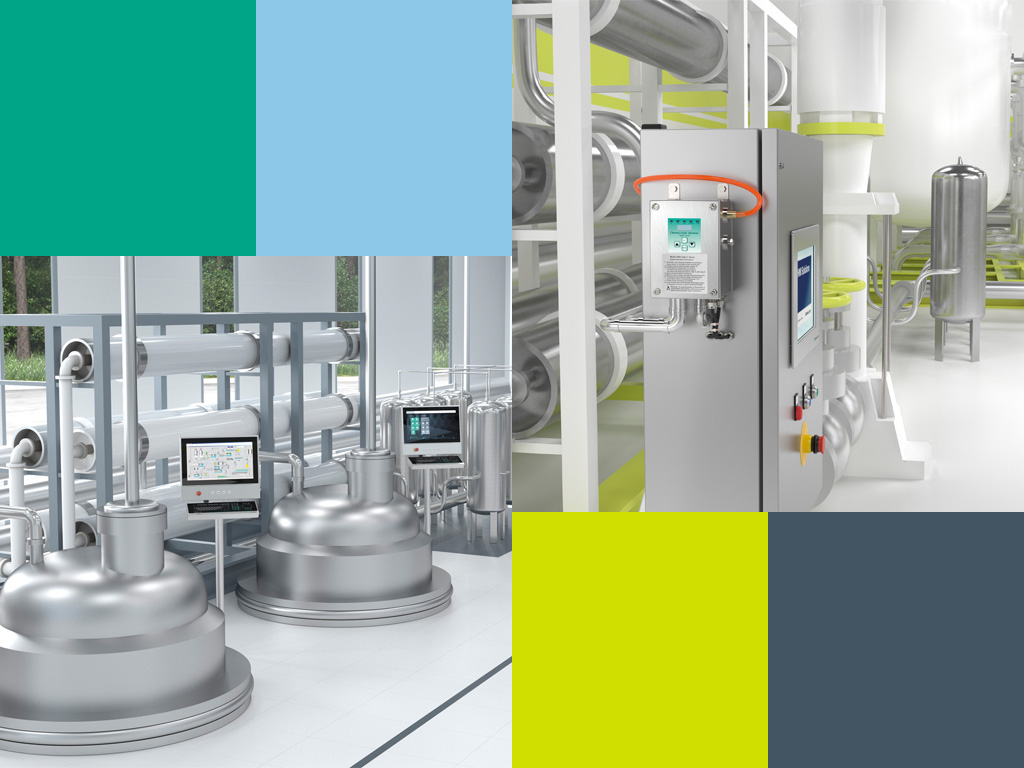
Explosion Protection
Learn more about the products and technologies for the electrical explosion protection of your plant on the Pepperl+Fuchs blog. As an innovator in the field of process and plant automation, Pepperl+Fuchs not only enables secure signal transmission from the field to the process control level, but also the fast transmission of large amounts of data from hazardous areas to the cloud via Ethernet-APL. In this section, we go into detail about the use and advantages of explosion protection components for the automation of your processes.

How to Prevent Dust Explosions Using Pressurization
One of the best ways to prevent dust explosions is to thoroughly clean the work environment of combustible dust to ensure the safety of the plant and workers. However, equipment operating in enclosures in the plant must also be protected. In this blog post, learn where explosive dust atmospheres occur and how they can be avoided through purge and pressurization systems.
Series 6000 Purge and Pressurization Systems replace Series 2000
Purge and pressurization systems separate general-purpose equipment from the surrounding potentially explosive atmosphere using a standard, lightweight enclosure.
Simplifying Thin Client Management with VisuNet Control Center
For automation sites that have implemented a Pepperl+Fuchs VisuNet RM Shell thin-client-based architecture for their HMI systems, VisuNet Control Center can be used to make life more manageable inside and outside of the facility.
Sinking and Sourcing with Smart Transmitter Power Supply for Analog Input Applications
When selecting an intrinsic safety barrier for an analog input application, one of the biggest issues customers face is differentiating between sinking and sourcing. These terms are used to refer to where the power of the current signal is coming from. Not sure what they mean? Keep reading.
The Benefits of Modules with Line Fault Transparency
Highly automated systems in sensitive areas of the process industry must ensure that pumps, valves, and active cooling systems are switched on safely at all times. In this blog post, we explain the advantages plant operators have with using line fault transparency (LFT) modules from Pepperl+Fuchs.
5 Ways to Use K-System Interface Technology in Wastewater Treatment Plants
The K-System portfolio from Pepperl+Fuchs can be used to streamline processes at wastewater treatment plants. K-System interface technology comes in every signal variation, ranging from simple isolators to highly functional modules. Here are five ways the K-System portfolio can be used in wastewater treatment plants …
What Are the Differences between the K-System and the H-System?
Pepperl+Fuchs offers two extensive product families for safely transmitting signals between the field and control levels: the K-System and the H-System. Get to know the differences between and benefits of these two systems, and explains for whom each system is most suitable.
What Are Industrial Thin Clients? Part 2/2—The Benefits
Over the past decade, thin clients have become more and more popular in process automation and industrial applications. The trend toward virtualization makes thin clients an especially cost-effective solution as they allow users to access applications and information stored on centralized systems such as servers. Learn more about the benefits of thin clients in this blog post.
What Are Industrial Thin Clients? Part 1/2—How It Works
Explosive atmospheres, harsh environments, extreme temperatures—the process industry places unique demands on the people and technology working in the sector. This also applies to thin clients, as they are known in office applications. Unlike traditional PCs, thin clients run applications on remote servers rather than on the local hardware, and only transmit image information and user inputs over the network.
What Is a Fieldbus Terminator and What Is Its Function?
The fieldbus terminator, also referred to as a terminator, is a component in a fieldbus system. This terminator takes the shape of a series connection featuring a 1 µF capacitor and a 100 Ω resistor. The main task of the fieldbus terminator is to transform the data signal transmitted as a current change into a voltage change that can be detected by all nodes.
Subscribe to our newsletter and receive regular news and interesting facts from the world of automation.


